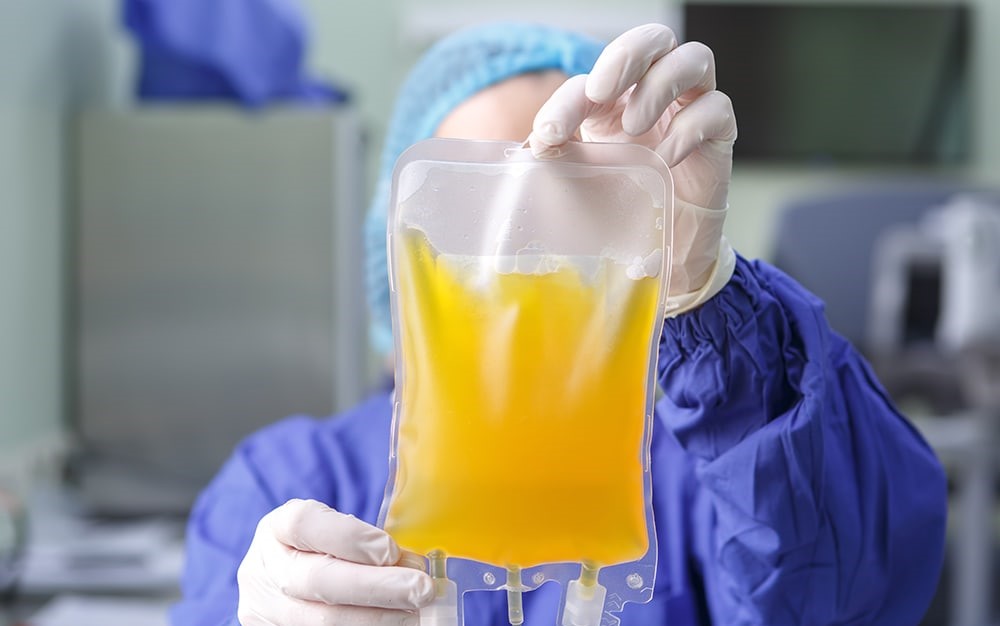Platelets, alternatively known as thrombocytes, are the smallest of our blood cells (approximately 20 per cent of the diameter of the red blood cells). They are very well known for their function of controlling bleeding. These anuclear cells are produced from very large bone marrow cells called megakaryocytes.
When a tissue encounters an injury, a chemical signal is sent by the blood vessel that is received by the platelets and they respond to this signal by travelling to the site of injury and forming a clot, preventing further flow of blood from the site of injury. They usually appear plate-shaped, but when they sense an injury, they change their shape to appear like a spider or octopus with long tentacles, that help in establishing contact with other platelets or the wall of the broken blood vessel.
Recent studies have revealed that platelets can perform multiple functions apart from their life-saving function of clotting. Involvement of platelets in tissue....

